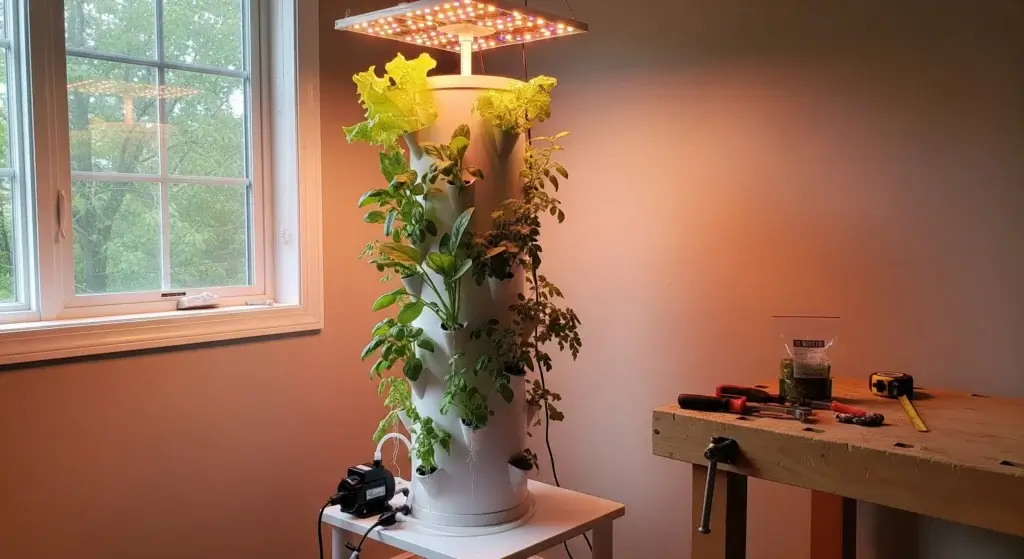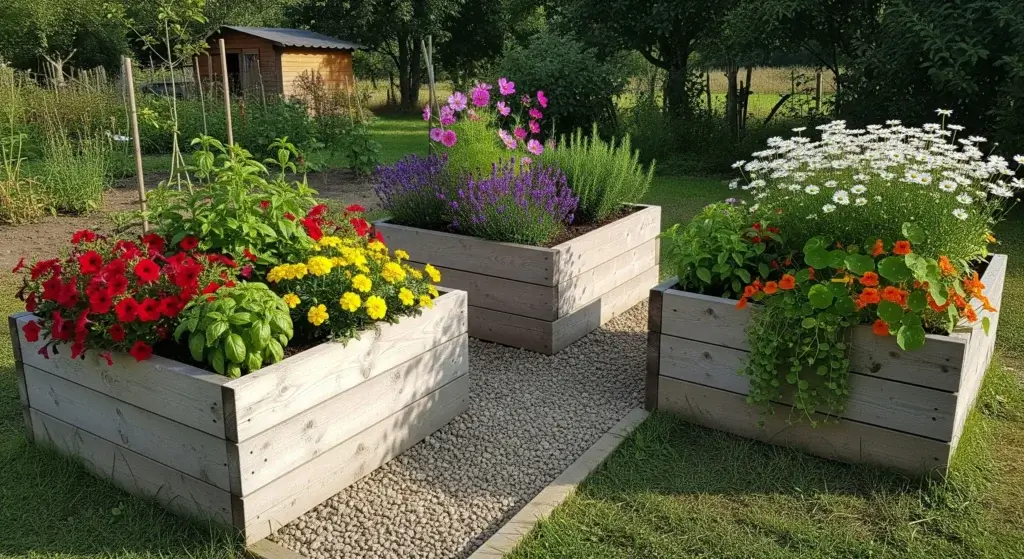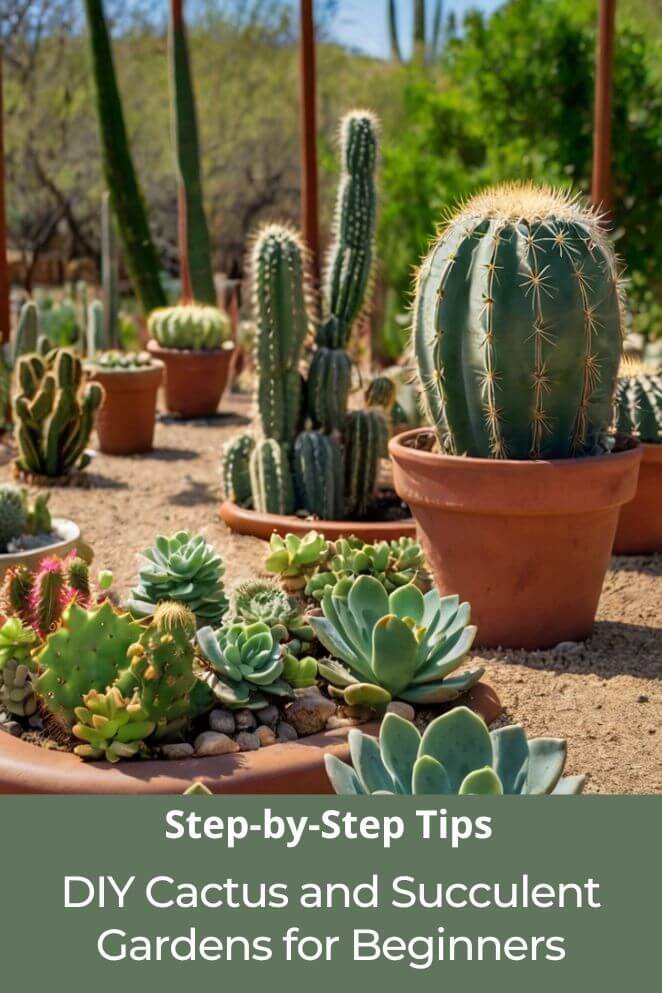
Imagine stepping outside to a garden bursting with vibrant colors and unique textures, where each plant tells a story of resilience and beauty.
Cacti and succulents not only add character to your space but also require minimal care, making them ideal for beginners.
According to a study published in the Journal of Arid Environments, succulents can store up to 90% of their water in their leaves, allowing them to thrive in dry conditions.
With such impressive stats, it’s no wonder these plants are a favorite for DIY projects!
What You’ll Need
Before you dive in, it’s important to gather all your supplies.
Here’s a quick checklist:
Plants
Select a mix of cacti and succulents based on your climate and available sunlight. Some popular choices include:
- Aloe vera: Known for its healing properties.
- Echeveria: Comes in a variety of colors and shapes.
- Haworthia: Perfect for small spaces due to its compact size.
- Barrel cactus: Adds a dramatic focal point to any arrangement.
Container
Pick a container that’s both stylish and functional.
Terracotta pots are ideal—they let extra water escape through their walls, which keeps roots dry and healthy. Always ensure your pot has drainage holes!
Soil
Skip regular potting soil—it holds too much moisture.
Instead, opt for a cactus/succulent mix (look for ingredients like sand, perlite, or pumice).
This gritty blend mimics their natural desert habitat and prevents soggy roots.
Gravel/small stones
Place a layer of small stones or gravel at the bottom of the pot.
This acts like a “drainage boost,” stopping water from pooling around roots.
Bonus: It adds a polished, finished look!
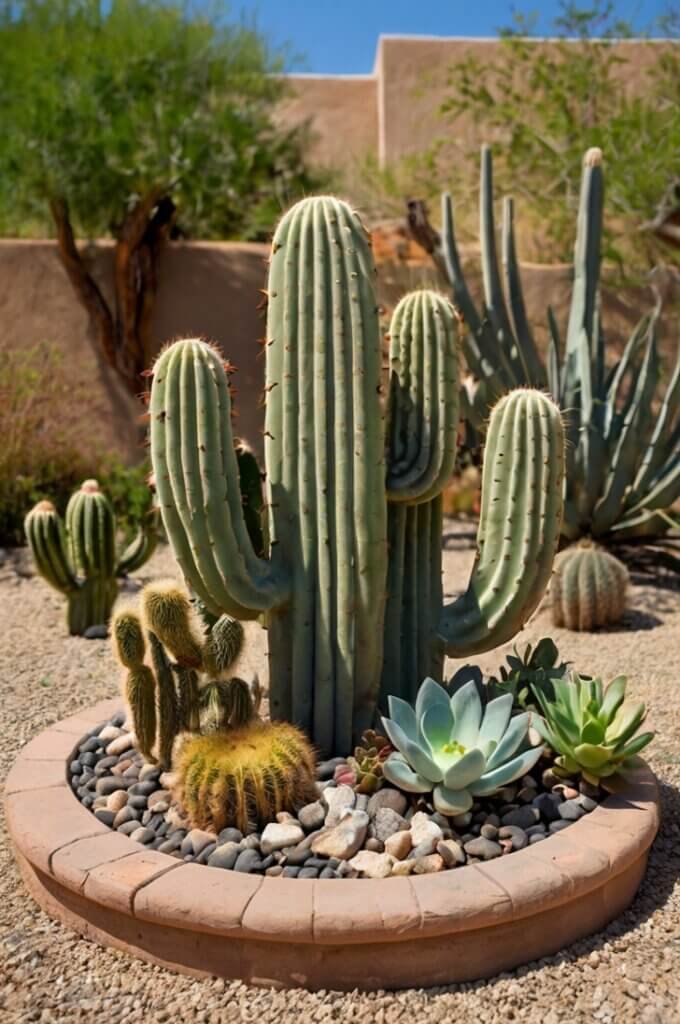
Step-by-Step Guide to Creating Your Garden
Now that you have your supplies ready, let’s walk through the process of building your garden.
Step 1: Get your container ready
Start by preparing your container.
If your pot doesn’t already have drainage holes, you can drill a few or opt for a container with built-in drainage.
Adding a layer of gravel or small stones at the bottom (about 1-2 inches) is a great idea to improve drainage further.
This foundation is critical—studies have shown that poor drainage is a leading cause of plant failure in container gardens (source).
Step 2: Add the soil
Next, fill your container with the specialized cactus and succulent soil.
Leave enough space at the top so you can add more soil later once your plants are in place.
The goal is to create a medium that supports the plants while allowing water to drain freely.
Step 3: Gently place your plants
Now comes the fun part—arranging your plants.
Start by placing the largest or most visually striking plant in your container, using it as the focal point.
Then, arrange the remaining plants around it.
Gently remove the plants from their nursery pots, loosen the roots slightly, and place them in the container.
Make sure each plant has enough space to grow; overcrowding can lead to competition for resources.
Step 4: Add more soil
After positioning your plants, fill in the gaps with additional soil.
Lightly press the soil around the base of the plants to remove air pockets, but be careful not to compact it too much.
Overly compact soil can hinder water drainage, which is crucial for the health of cacti and succulents.
Step 5: Decorate
This is your chance to add a personal touch.
Consider placing decorative stones, miniature statues, or even colored gravel on the surface.
Not only does this enhance the garden’s aesthetic appeal, but it also helps keep the soil in place and reduces evaporation.
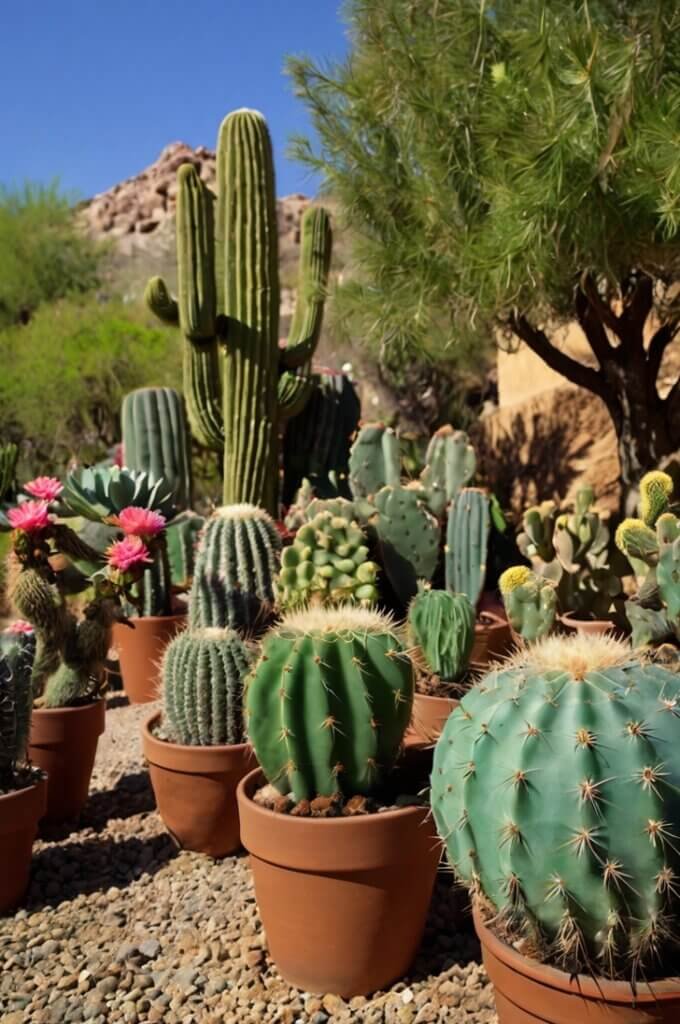
Care Tips for Your Garden
Once your garden is set up, proper care will ensure its long-term success.
Here are some key tips:
Sunshine
Cacti and succulents love sunlight.
Place your garden in a location that receives at least 6 hours of sunlight per day.
However, if you’re in an area with extremely intense sun, partial shade during the hottest part of the day can prevent sunburn on the plants.
Watering
One of the biggest mistakes beginners make is overwatering.
These plants are adapted to arid environments, so they store water in their leaves and stems.
Water your garden only when the soil is completely dry.
A good rule of thumb is to water once every 1-2 weeks, but this can vary based on your climate and the specific needs of your plants.
Using a moisture meter can help you determine when it’s time to water again.
Seasonal care
Seasonal changes can affect your cactus and succulent garden.
During the growing season (spring and summer), your plants may require slightly more water.
In the cooler months, reduce watering and protect your garden from frost if you’re in a cold climate.
Regularly inspect your plants for any signs of stress or disease, especially during seasonal transitions.
Don’t overcrowd
As your garden grows, be mindful of spacing.
Overcrowding can restrict airflow and lead to fungal infections.
If necessary, repot your plants into larger containers or separate them into multiple gardens to ensure each plant has enough room to thrive.
Troubleshooting Common Issues
Even with careful planning, you might encounter some challenges along the way.
Here are solutions to common problems:
Overwatering signs and solutions
Warning signs
- Squishy, soft stems or leaves → Your plant’s drowning in moisture.
- Yellowing or translucent leaves → Often means roots are rotting below the soil.
Quick fixes
- Stop watering immediately. Let the soil dry completely—this could take 1-2 weeks.
- Gently remove the plant from its pot. Check roots: Trim any dark, mushy parts with clean scissors.
- Repot in fresh, dry cactus soil and wait at least a week before watering again.
Prevent future issues
- Water only when the soil is bone-dry (stick your finger in to check).
- Use pots with drainage holes—terracotta works best.
Pest management tips
While cacti and succulents are generally low-maintenance, they can occasionally attract pests like mealybugs and spider mites.
Regularly inspect your garden and treat any infestations early with insecticidal soap or neem oil.
Ensuring good airflow and proper spacing can also help prevent pest problems.
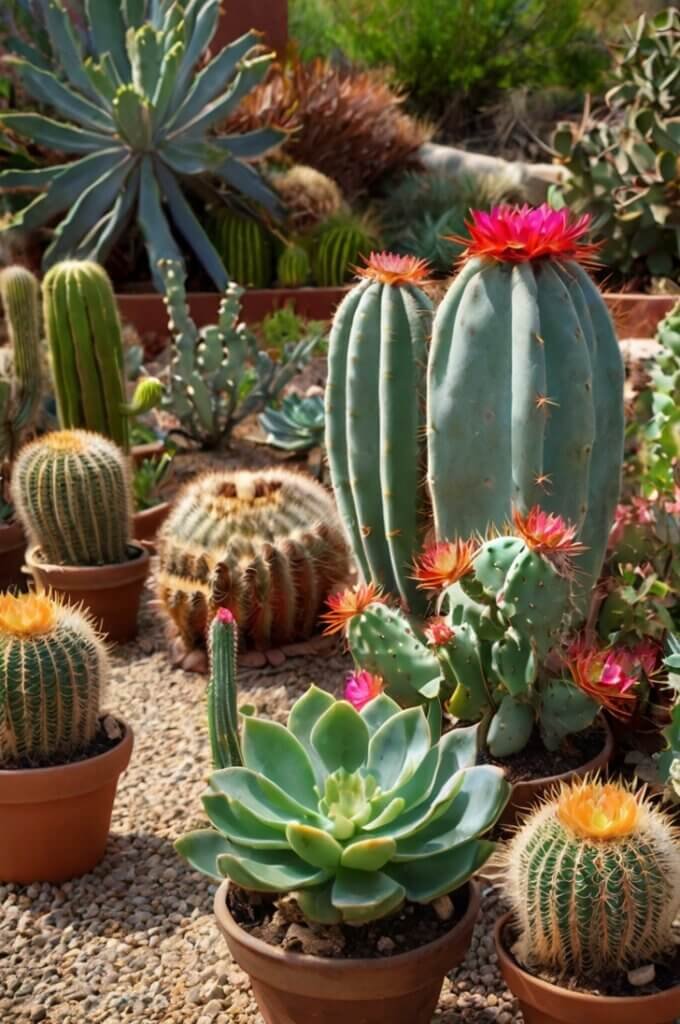
Final Thoughts
Building a DIY cactus and succulent garden is not only an excellent way to beautify your space but also a practical introduction to gardening.
These resilient plants offer a unique blend of low-maintenance care and striking visual appeal.
By following the simple steps outlined above and keeping a close eye on the care tips, you’ll enjoy a thriving garden that stands out for its texture, form, and color.


